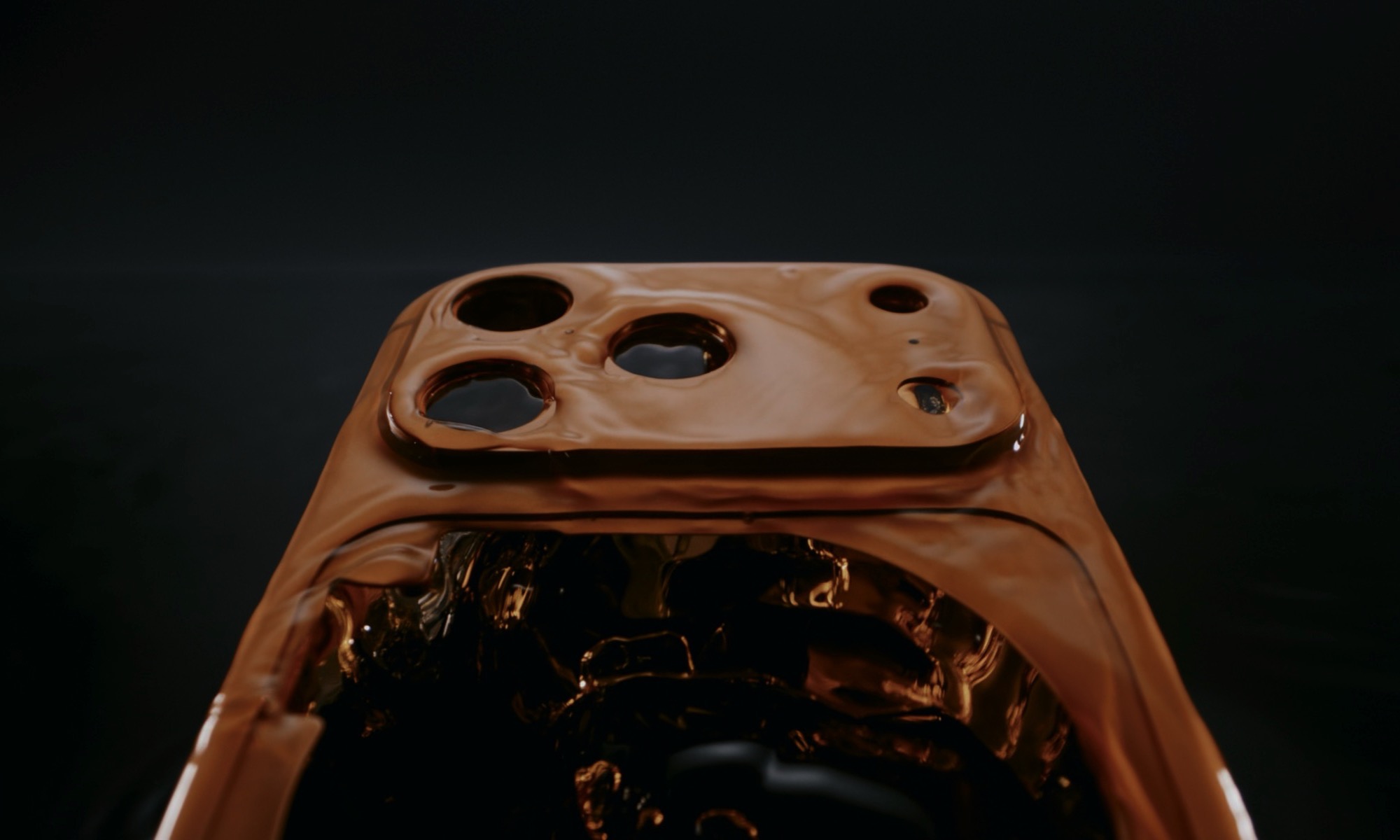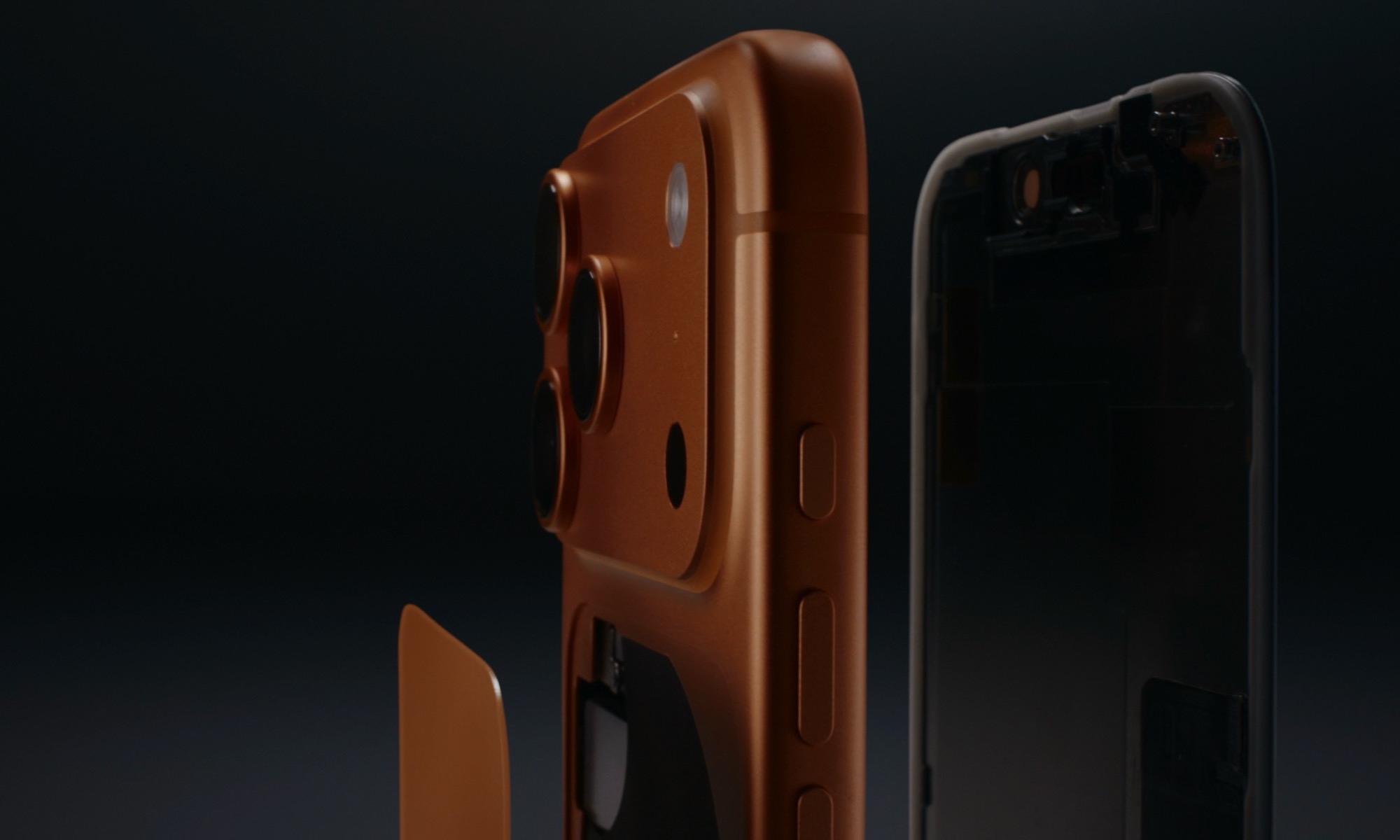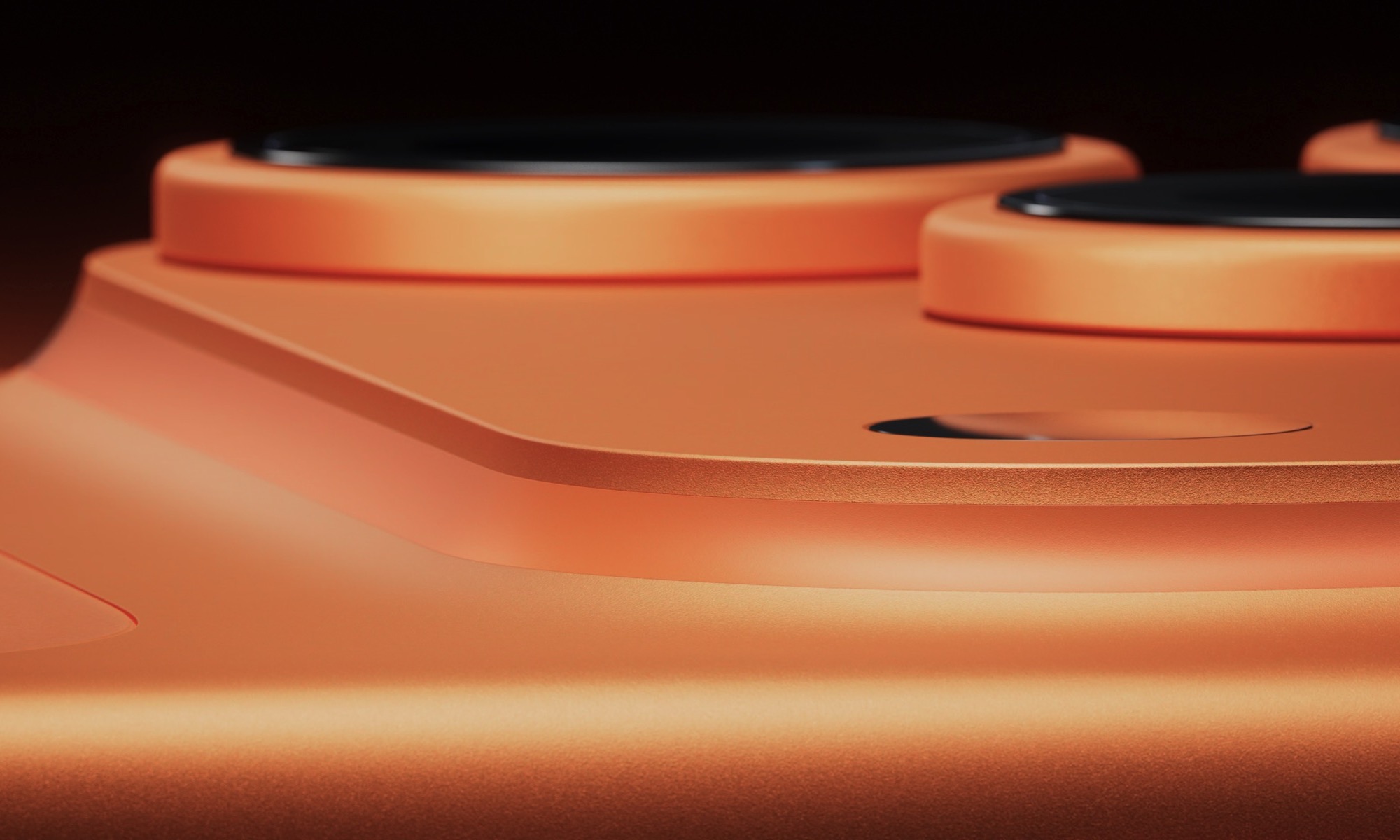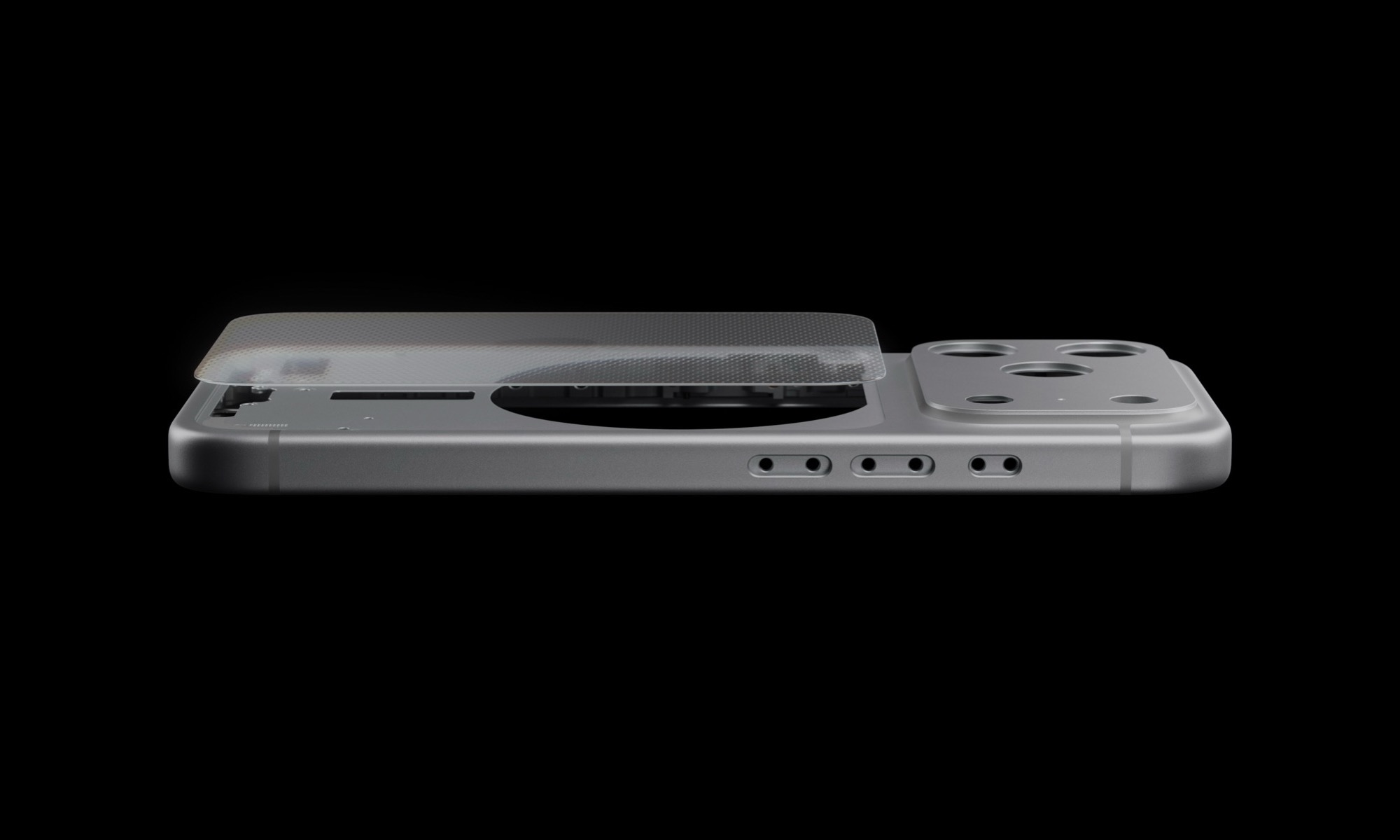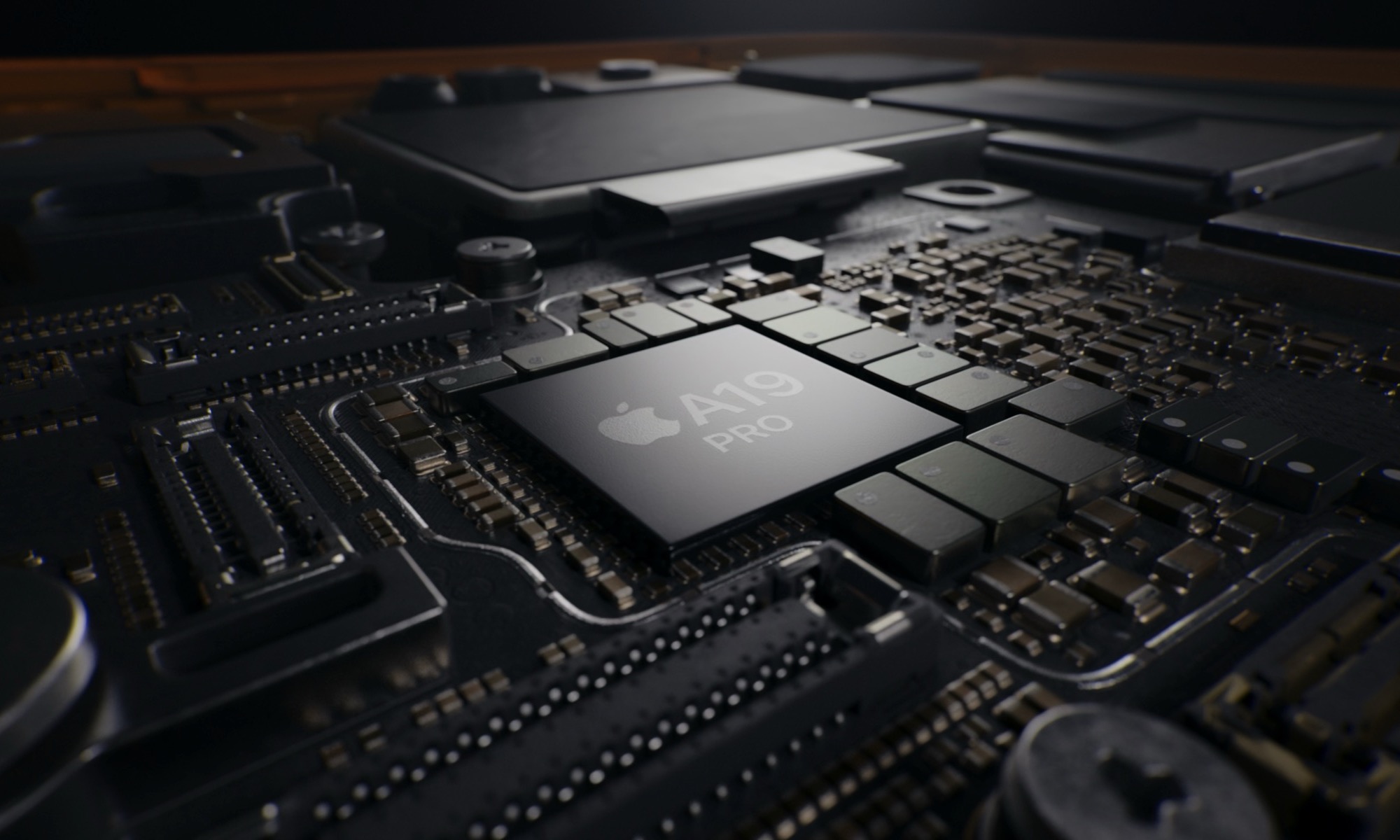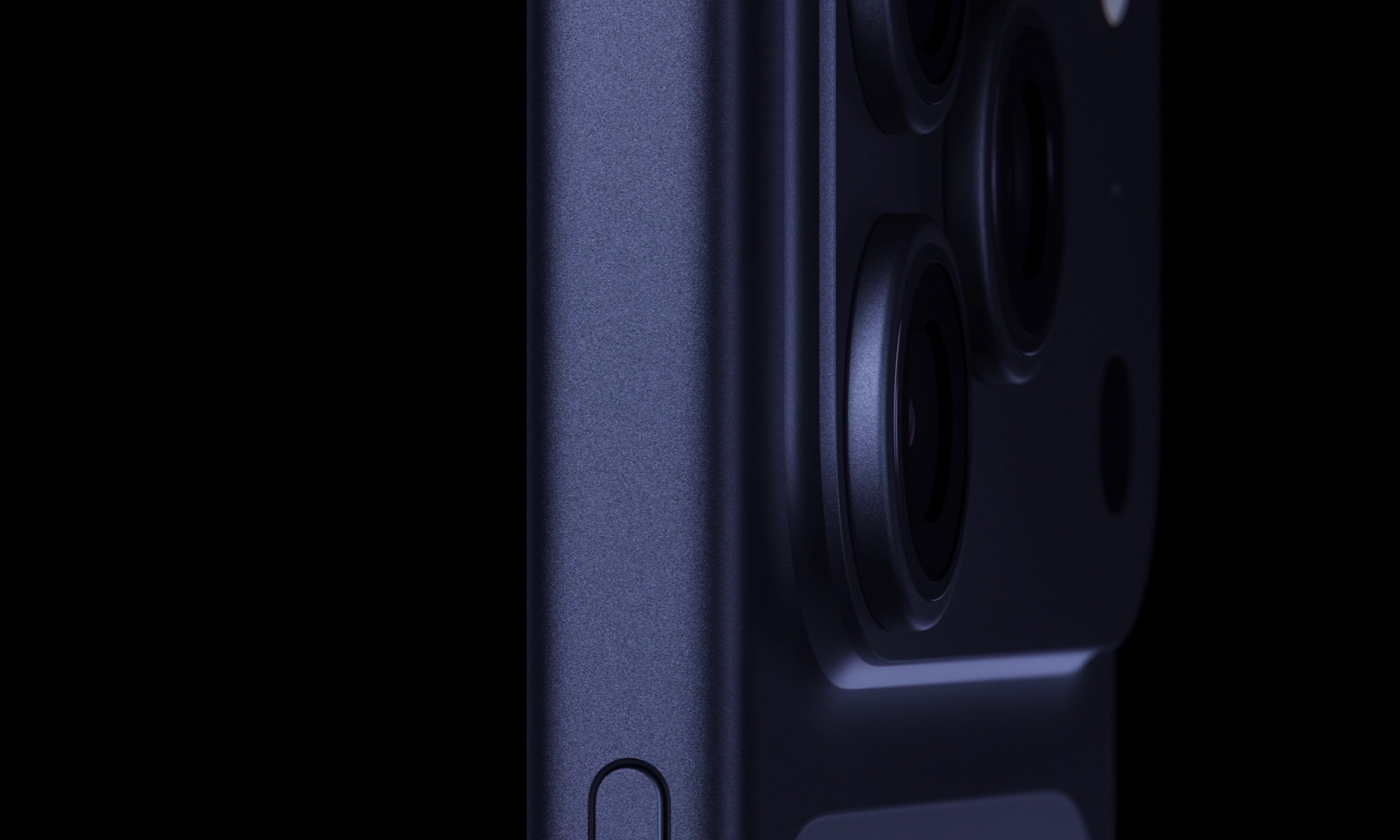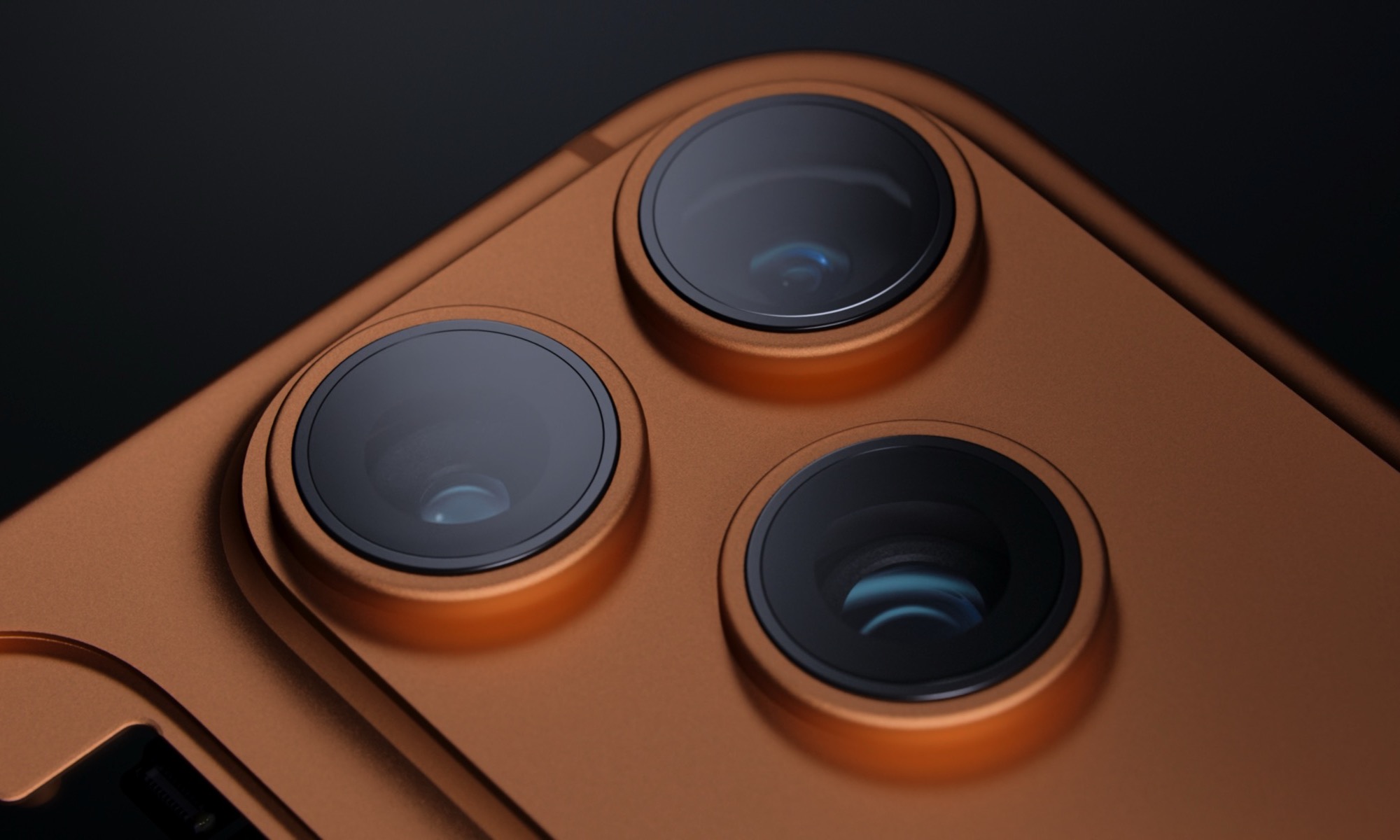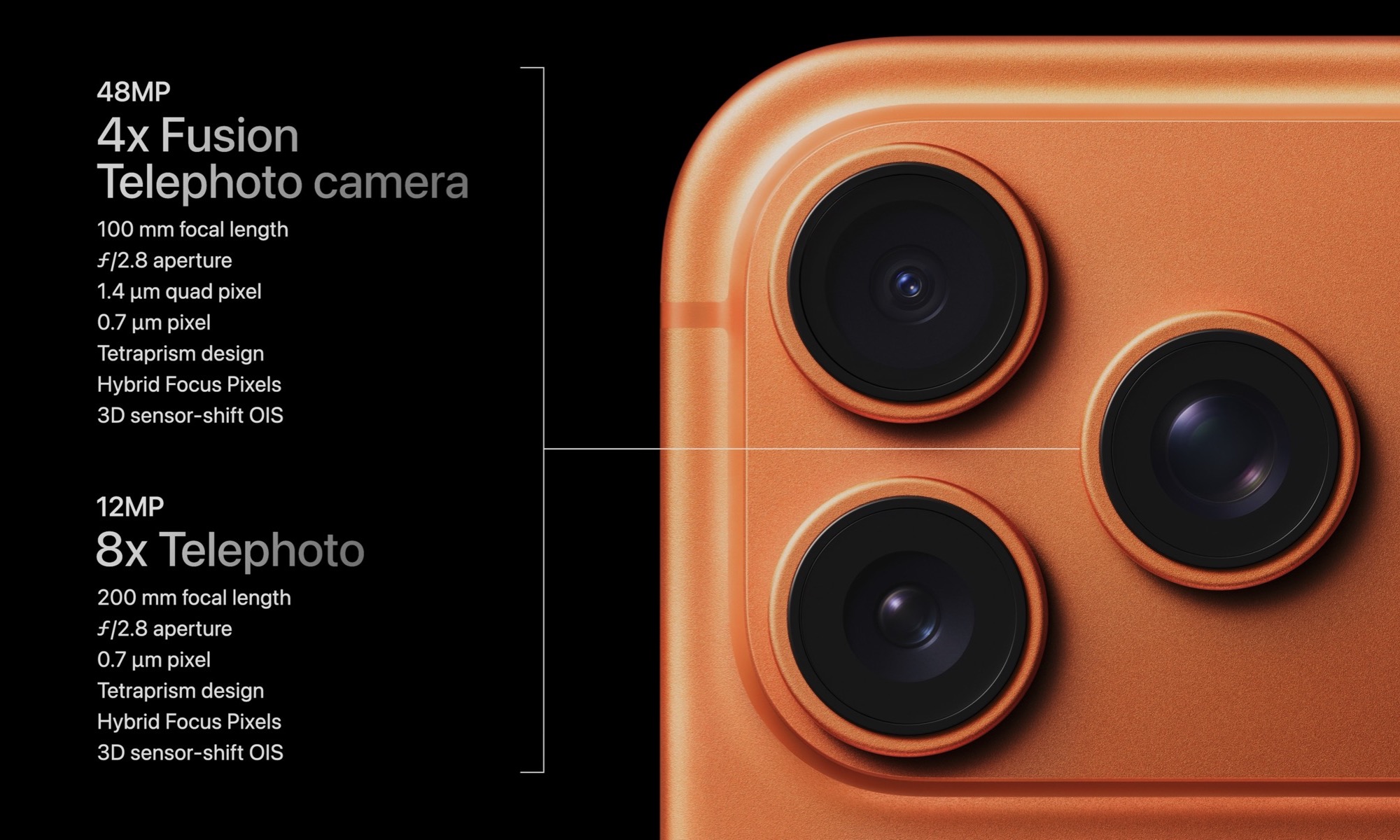The iPhone 17 Pro Is Unveiled with a Powerful New Design
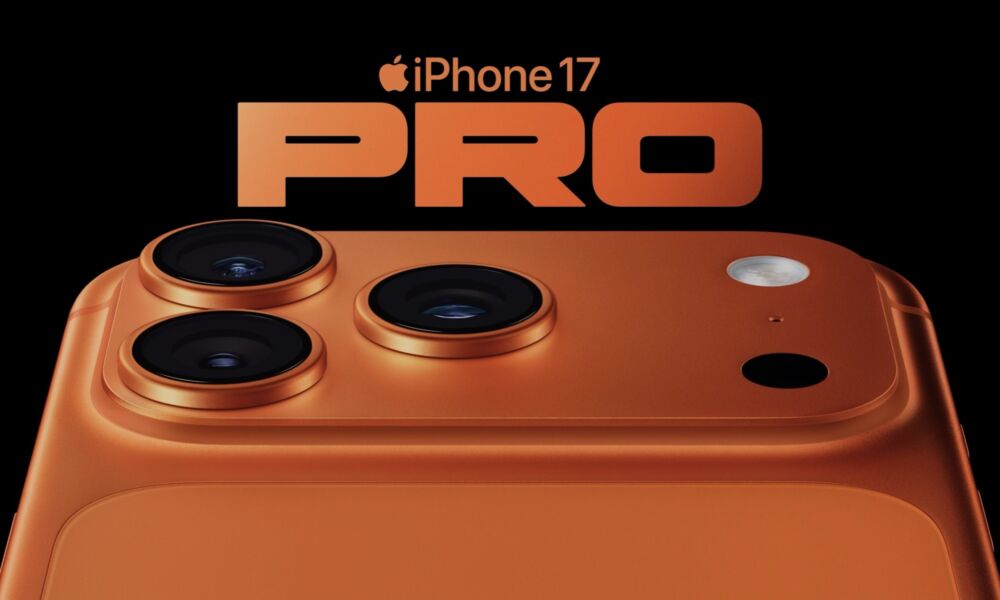
Toggle Dark Mode
Although the iPhone Air stole the show at today’s Apple event for being truly “Awe Dropping,” the company also had some awe-inspiring things to show off for its true flagships — the iPhone 17 Pro and iPhone 17 Pro Max.
After five years of a relatively staid design featuring a square camera bump, Apple’s iPhone 17 Pro adopted the edge-to-edge bump that we’ve been seeing from the rumor mill for the past several months. However, what those reports failed to show us was how this was about so much more than just an aesthetic design change.
Appel’s iPhone 17 Pro models now pack in more power than ever before, thanks not only to a new A19 Pro chip, but also a choice of materials and other techniques that help the new models keep their cool under even the most demanding tasks, like playing AAA console games, or even just using it outside on a hot day.
Design and Materials
Several reports over the past few months claimed that Apple might abandon its titanium frame in favor of a glass-and-aluminum design. That seemed unusual, since not only did Apple switch to titanium two years ago as a more premium material, but it’s never made an iPhone Pro from aluminum.
Earlier models, dating back to the iPhone X, featured a stainless steel frame. When Apple switched to titanium, it stated that it chose the material because it is lighter and more durable than stainless steel (which it is).
However, it turns out there was a method to Apple’s seeming madness. The iPhone 17 Pro doesn’t merely replace the outer titanium frame with aluminum. Instead, Apple has created the first iPhone with an aluminum unibody.
Apple has been using this technique with its MacBooks since 2008. For the iPhone, it marks a complete redesign, forged from a single piece of a new aerospace-grade aluminum alloy.
More significantly, this bolsters a new thermal system, with the aluminum alloy delivering better heat dissipation than even the titanium frame. Combined with an Apple-designed vapor chamber, the result should be an iPhone that runs both cooler and, as a result, much faster. While Apple didn’t spend any time talking about this during the event, this will inevitably have benefits for battery health, display brightness, and more. These aren’t features Apple needs to add; they’re simply a byproduct of keeping the iPhone from heating up and thereby throttling performance or shortening the battery’s lifespan.
The aluminum unibody design also fully incorporates the camera bump, which Apple now calls the “plateau.” This isn’t merely the acrylic frame encompassing the three lenses that we’ve seen on prior models. The raised plateau houses not only the cameras, but also antennas and other electronics, which likely explains the real reason for the increased width. Apple notes that placing the antennas here provides more reliable connectivity and, by extension, faster Wi-Fi, Bluetooth, and 5G speeds.
This means the iPhone 17 Pro models no longer feature the edge-to-edge back glass of their predecessors. However, glass is still needed for things like wireless charging, so Apple is instead placing a glass section on the back, below the plateau, framed by the aluminum unibody. This is where rumors of a lowered Apple logo suddenly make sense, as the logo is centered on the glass panel. Apple is also using Ceramic Shield for the back for the first time, making it four times more resistant to impacts than the glass backs on prior models.
The front display is naturally also made from Ceramic Shield glass, which has been improved to offer three times the scratch resistance, and features a new seven-layer anti-reflective coating to reduce glare in bright lighting conditions.
Apple has also bolstered this year’s displays to reach 3,000 nits of outdoor brightness. The typical and HDR brightness levels remain unchanged, but the new coating will likely help with improving indoor viewing.
Performance and Battery Life
Naturally, the iPhone 17 Pro and iPhone 17 Pro Max are getting Apple’s best A-series chip: the A19 Pro. While this chip is also being used in the iPhone Air this year, the iPhone 17 Pro version packs in a full 6-core GPU, with a neural accelerator in each core, a larger cache, and more memory than the A18 Pro. Apple didn’t say how much (Apple never talks iPhone RAM), but most reports claim it was going to 12 GB this year.
Combined with the new thermal system, this allows the iPhone 17 Pro to deliver up to 40 percent greater sustained performance than the iPhone 16 Pro. That will make a noticeable difference for gaming, but it’s also critical to run the kind of on-device large language models (LLMs) that power Apple Intelligence.
As rumored, the iPhone 17 Pro and iPhone 17 Pro Max are also going eSIM-only in more countries. Specifically, Bahrain, Canada, Guam, Japan, Kuwait, Mexico, Oman, Qatar, Saudi Arabia, the UAE, the US, and the US Virgin Islands. That’s a similar list of countries where Apple sold a single version of the iPhone 16 and several prior models; only Iraq and Jordan are missing from that list.
What’s interesting is that Apple is offering a bonus for those countries where the physical SIM is no longer required. On eSIM-only models, the space formerly occupied by the physical SIM tray has been utilized to increase the battery size further, delivering an additional two hours of video playback. The iPhone 17 Pro Max eSIM model promises up to 39 hours of video playback.
That’s also helped by the new unibody design and thinner back panel, which allows for the biggest battery ever in an iPhone. Even 37 hours for the SIM-laden models is an impressive boost over last year’s 33-hour spec.
Camera System
The iPhone Pro models have always featured top-of-the-line camera systems, and the iPhone 17 Pro takes it to the next level this year by adopting 48 MP Fusion Cameras on all three lenses.
The iPhone 16 Pro lineup brought 48 MP to the Ultra Wide last year, but even that wasn’t to the level of the Fusion technology used in the primary sensor. The iPhone 17 Pro improves that sensor and also takes the Telephoto camera to 48 MP, with updated imaging pipelines that provide more detail across all three.
Apple has also redesigned its tetraprism lens in an interesting way. Rumors of an 8X zoom increase turned out to be correct, and as we suspected, Apple actually dropped the optical lens magnification to 4X to get there.
The move to 8X uses the same pixel binning technology as the 2X zoom on the primary lens. Without doing some strange math, this requires it to double the zoom range of the glass. This means to get an 8X virtual zoom, you need to start with a 4X optical zoom.
Apparently, Apple’s decision to go with a 56 percent larger sensor for the telephoto lens required it to redesign the tetraprism glass, so in the process, it concluded that a 4X optical quality zoom, which is equivalent to a 100mm lens, made more sense as it provides a more natural focal length. This lets it go to an 8x optical quality zoom, equivalent to 200mm, and hit a 40x digital zoom.
The iPhone 17 Pro and iPhone 17 Pro Max also gain the new 18-megapixel Centre Stage front camera that Apple is bringing to its entire lineup this year. As with prior generations, there’s nothing extra here for the Pro models. However, it’s still a nice update, as it allows for more versatile selfies that can be captured in both portrait and landscape modes from a single iPhone orientation, and automatically zooms out to capture an entire group. There’s also advanced stabilization for shooting selfie videos on the run.
Pro Video Features
The iPhone Pro models have become popular among actual cinematographers. Hence, Apple rolls out a few new features each year for real professionals. This is where the iPhone Pro lives up to its name.
Over the past few years, we’ve seen Apple add Dolby Vision HDR, 120fps 4K recording, and support for ProRes Log and ACES (the Academy Color Encoding System). While high-frame rate recording and even Dolby Vision HDR are more broadly useful, the latter two are the exclusive domain of people who use iPhones for serious film projects.
This year, Apple is taking that up another notch with the iPhone 17 Pro by adding ProRes RAW Capture for maximum flexibility in post-production, and support for Genlock to enable precise video synchronization across multiple cameras. This last one is pretty cool, as it will allow the iPhone to be used for advanced techniques like The Matrix’s famous bullet time.
This may also be the reason we’re finally getting a 2 TB iPhone model. The storage requirements for recording ProRes video have always been staggering, with an hour of video easily taking up around 350 GB of storage. ProRes RAW uses a variable bitrate that’s usually more efficient, but can also use more storage when dealing with more complex video.
Price and Availability
In an interesting twist, recent leaks suggested the iPhone 17 Pro would come in either four or five different colorways. However, the reality is that we’re only getting three. The dark neutral that’s been known alternatively over the years as graphite, Space Gray, and Black Titanium, is gone, presumably replaced by a more colorful but still dark deep blue. Silver fills the role of the lighter, neutral white and gray shades, while cosmic orange is this year’s fun, new color.
The iPhone 17 Pro and iPhone 17 Pro Max now both start at 256 GB. The prices are GB-for-GB the same as last year, putting the iPhone 17 Pro at $1,099 and the iPhone 17 Pro Max at $1,199. The 512 GB and 1 TB models also remain the same as their predecessors, while the new 2 TB capacity, available only on the iPhone 17 Pro Max, will set you back a staggering $1,999. Pre-orders open this Friday, with the new models arriving in stores on September 19.


